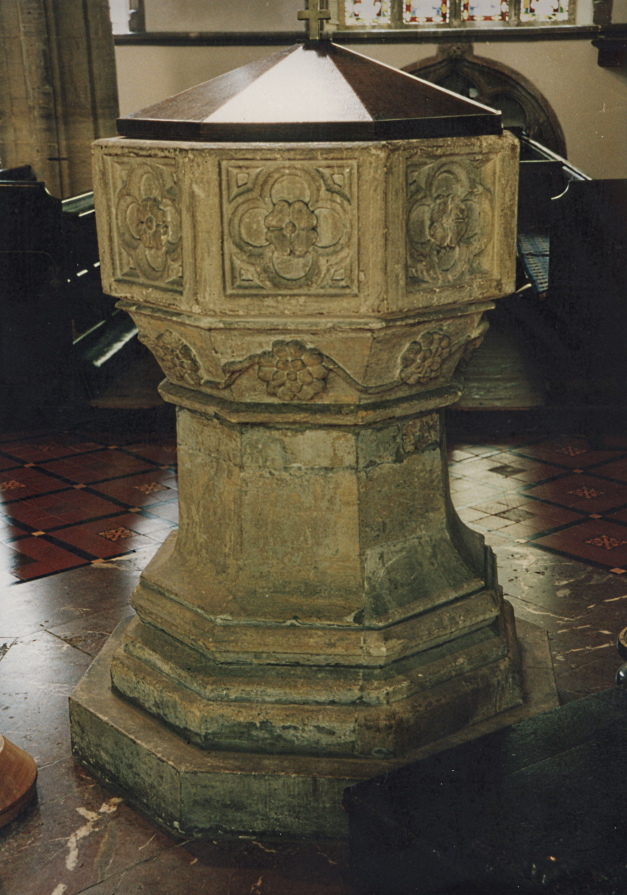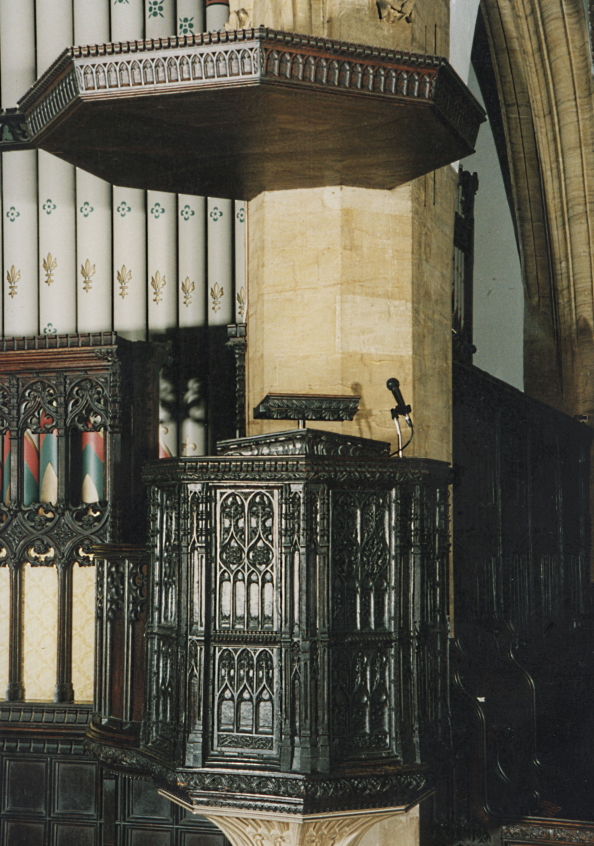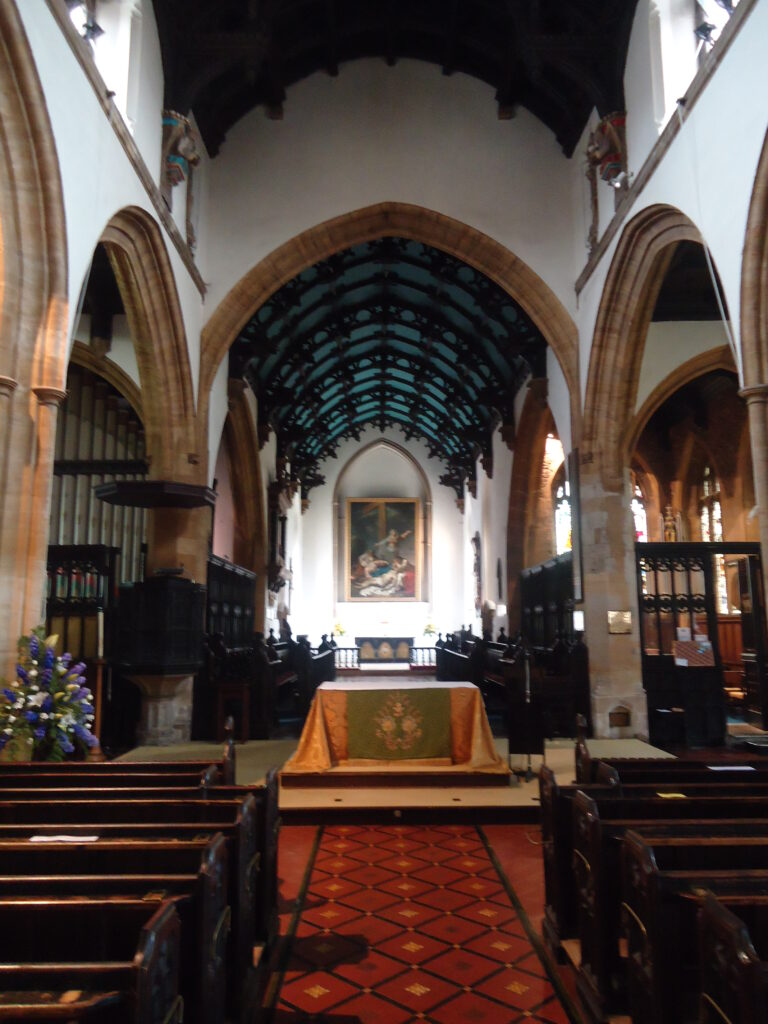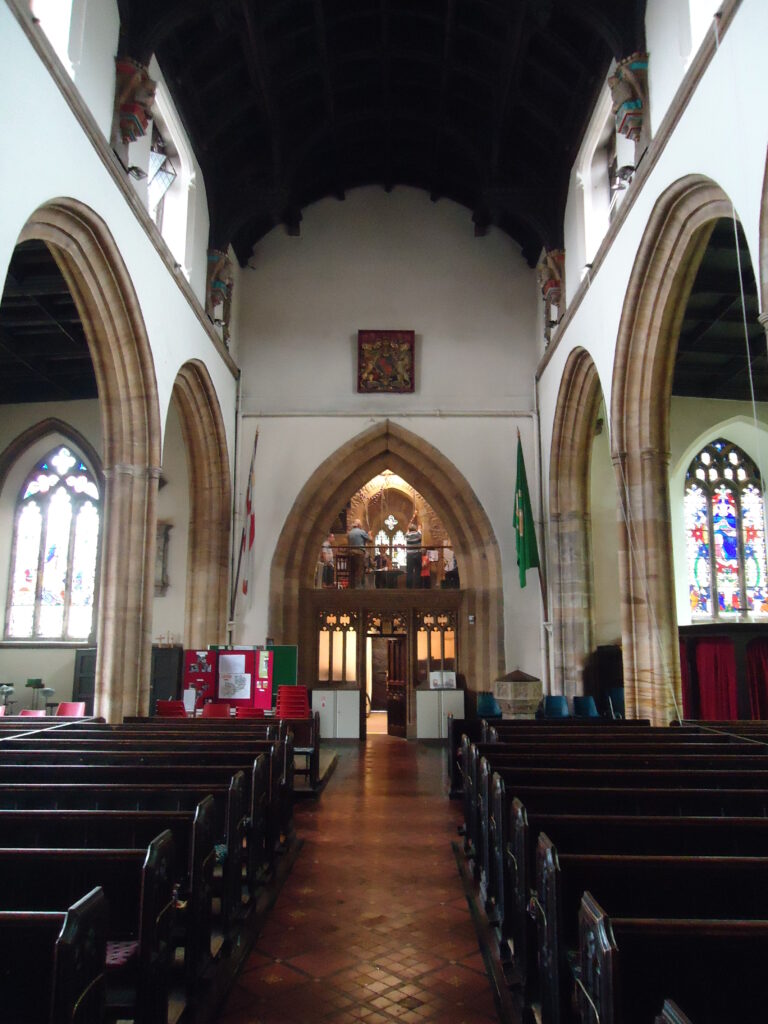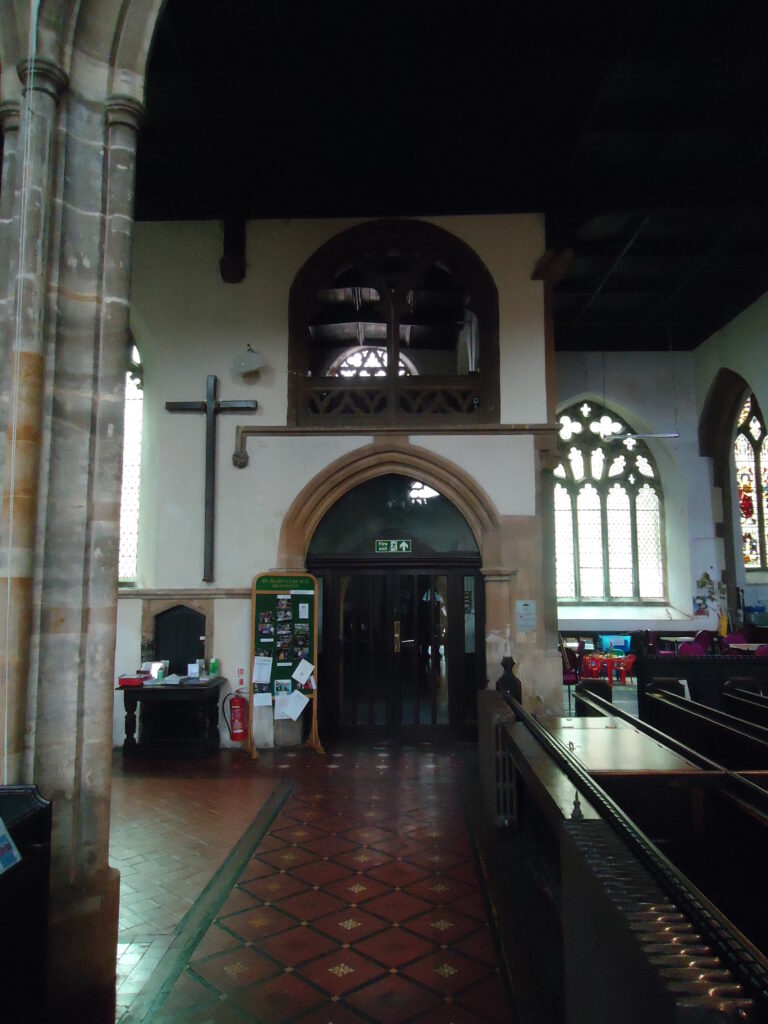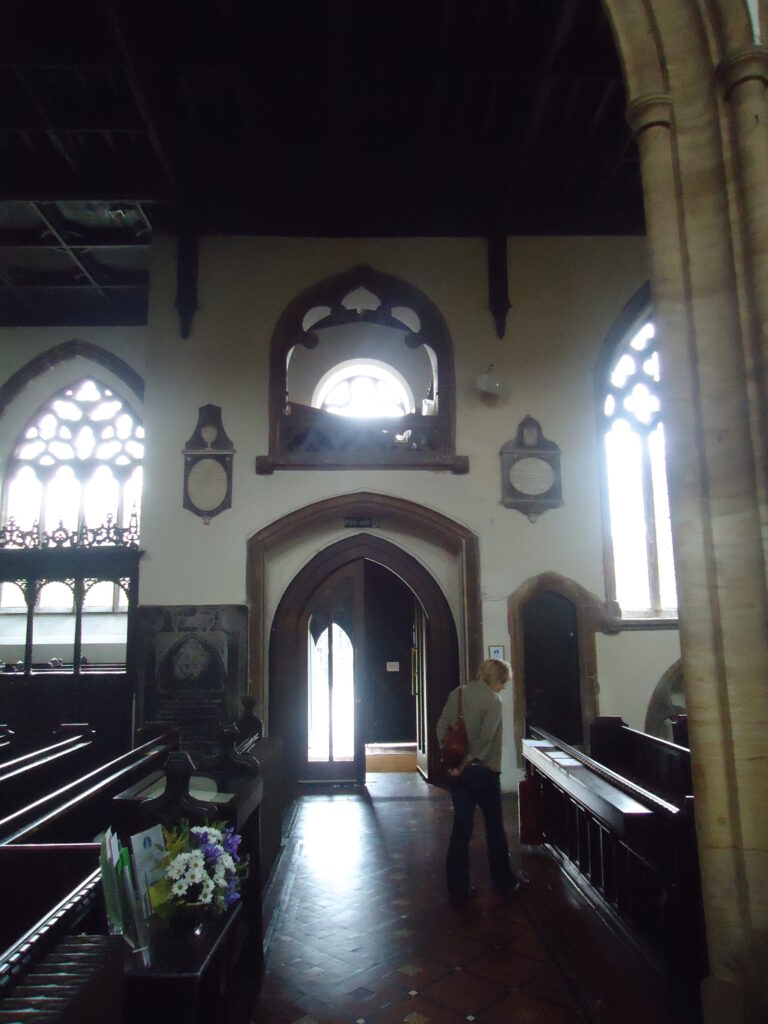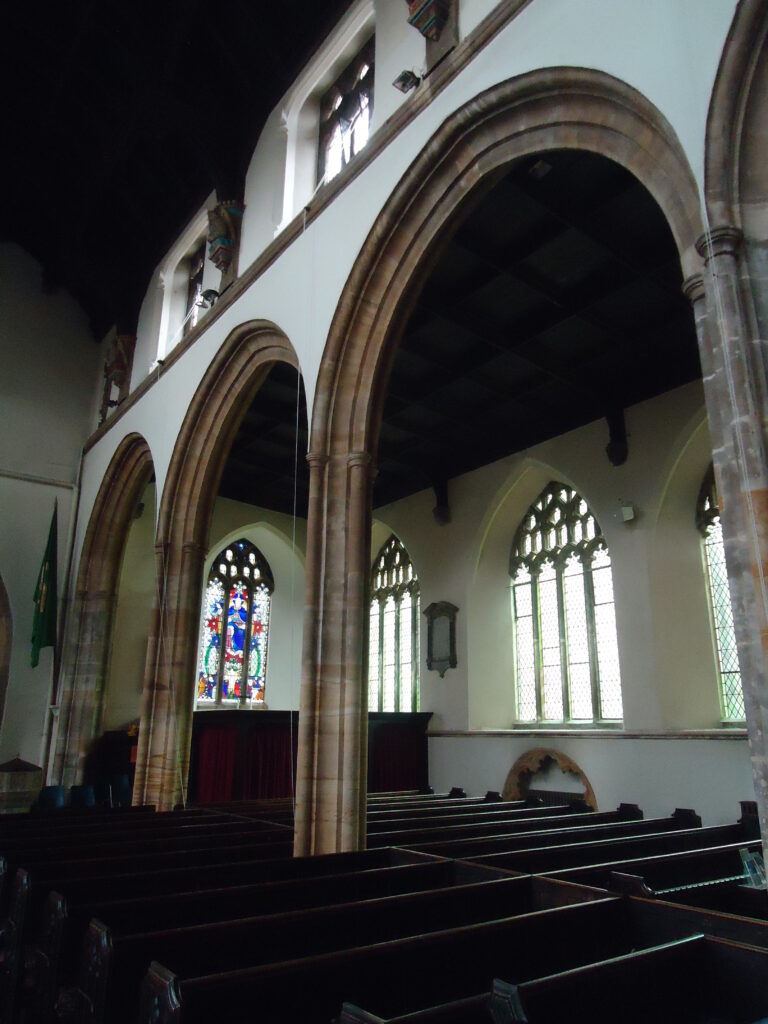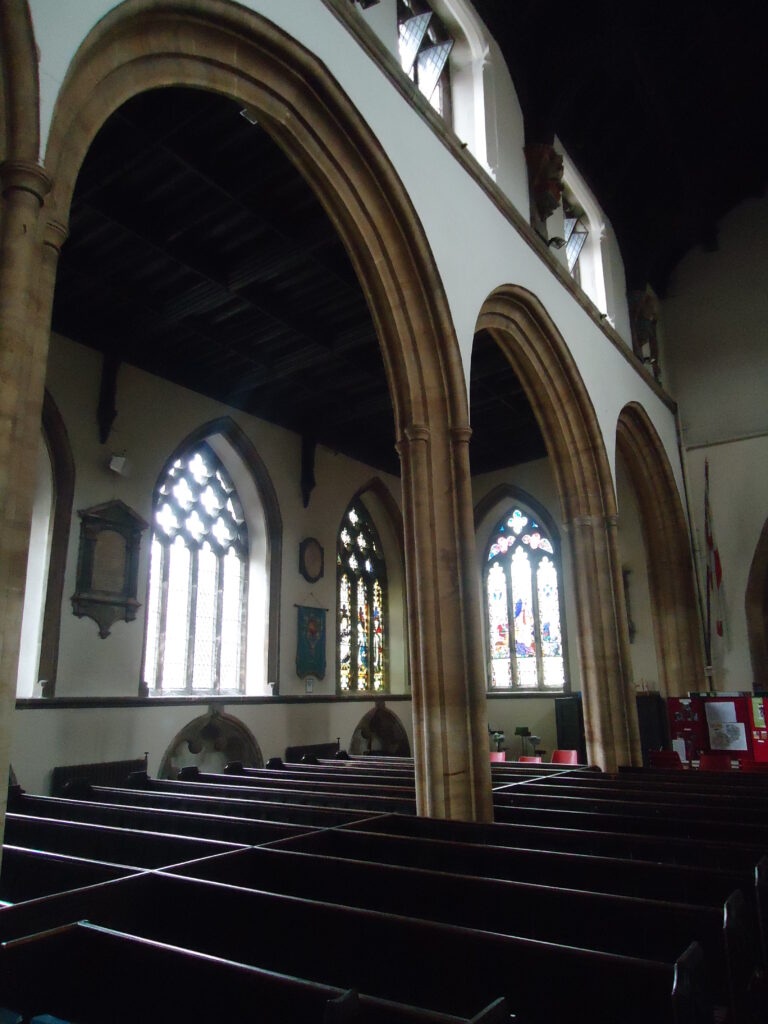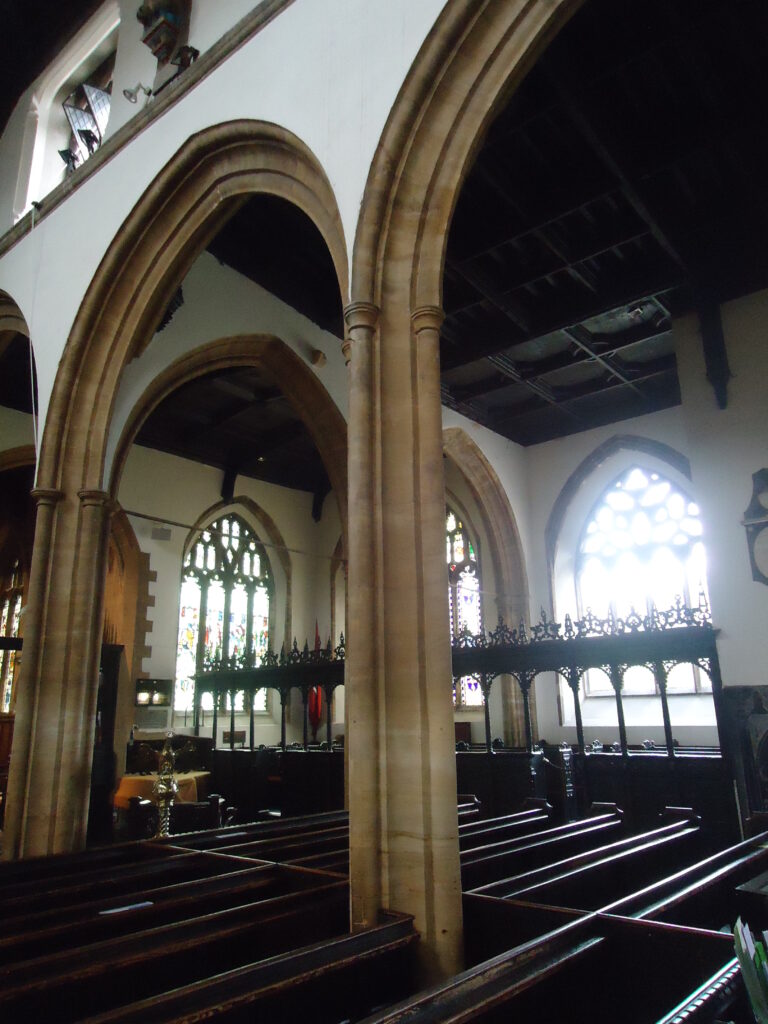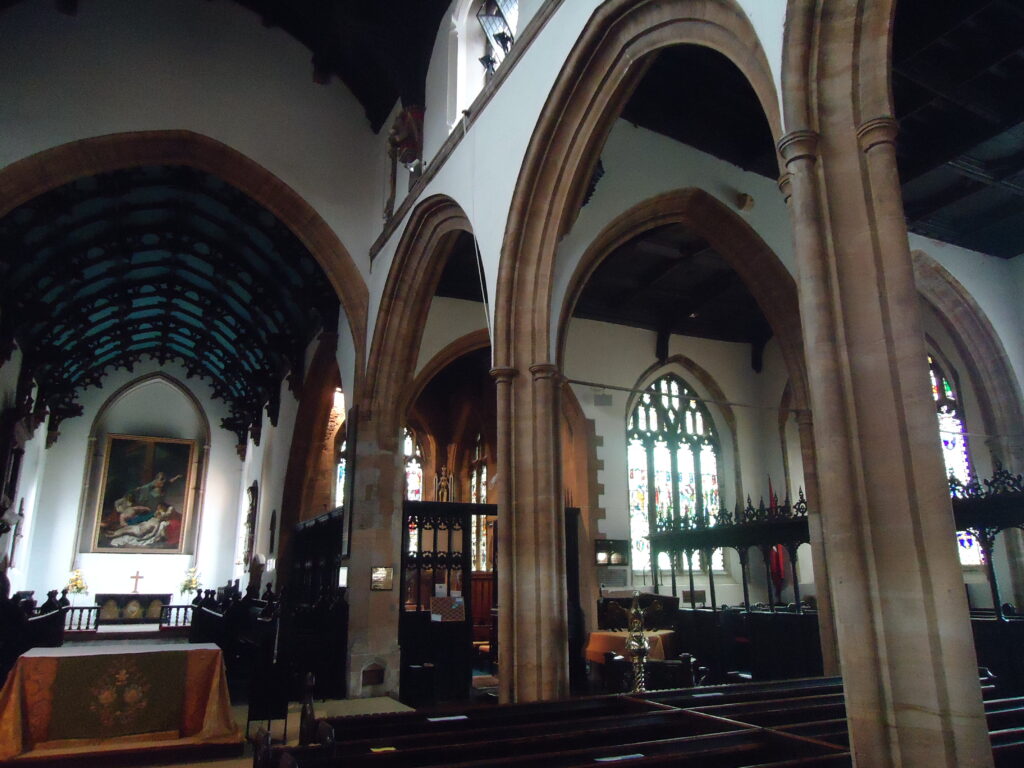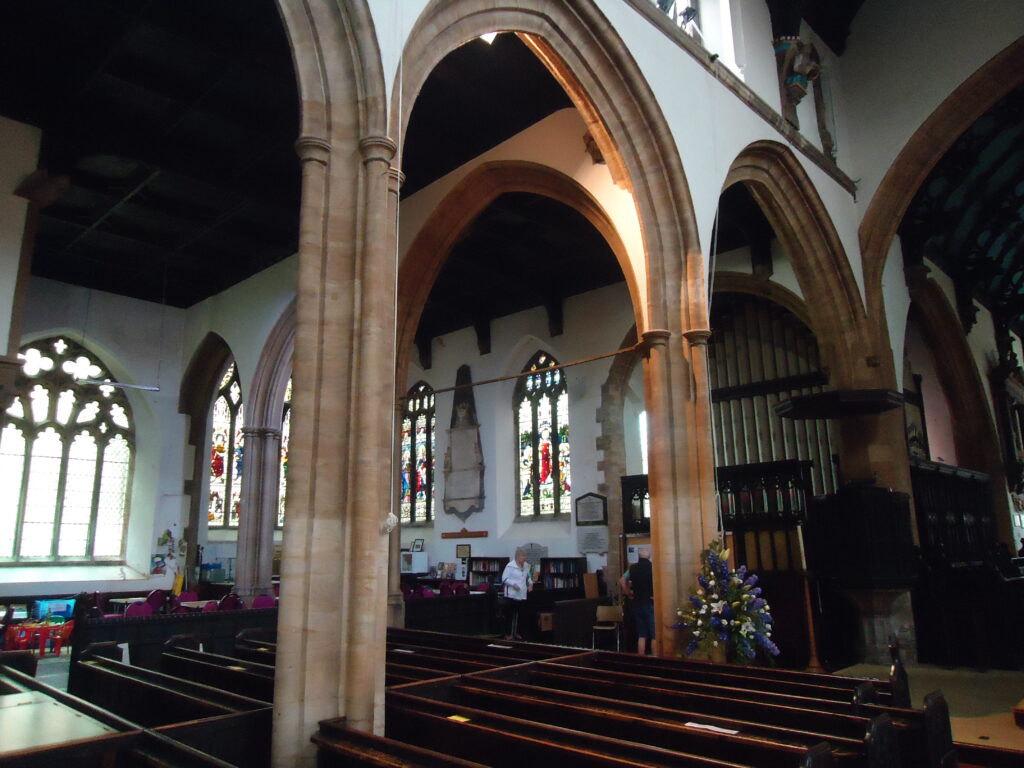After the 1930s Great Simplication of St Mary’s, came the Second World War and the later 20th Century Changes.
From the 1960’s liturgical changes with Series I and 2 and later Rites A and B meant radical changes to the role of the Eucharist, or Parish Communion, which in turn made the introduction of nave altars very common in churches, where the ceremonies could be more readily seen by the congregation.
In 1967 two rows of pews were removed from the front of the nave. This allowed better access around the pulpit, the reading desk and into the Memorial chapel. In 1973 a short-lived experiment was made at using a second altar on the lower step of the chancel, but this does not seem to have been properly thought through, since no altar rail was provided and the project was abandoned after about six months.
In 1976 all the pews from the north transept were removed and the space fitted up for socialising, in memory of Revd. Carl Swan who had been vicar.
A proper ringing chamber was made in the tower in 1980 by inserting a new floor and glazing the arch to the church.
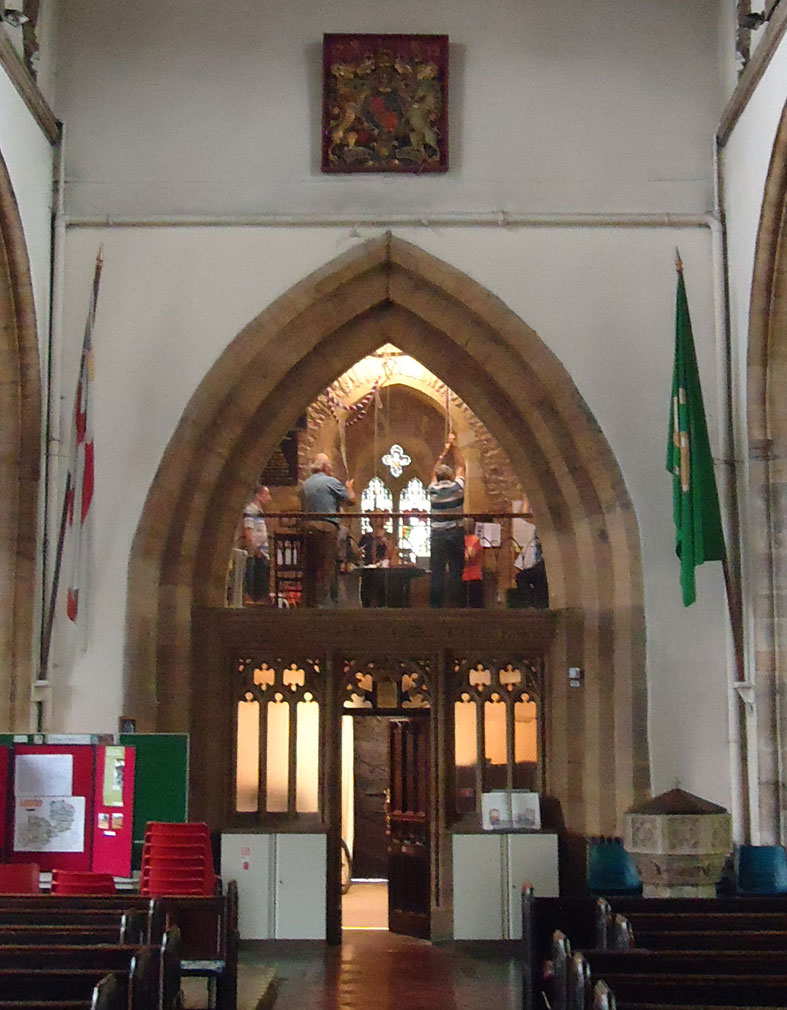
A major electrical re-wiring of the church was done. Also in 1980 a major exhibition was held in the church on its history and also to show visitors something of the life of Saint Mary’s today.
An additional pair were added to the choir stalls above the double chancel step, using original pews salvaged from the North Parvise.
In 1989 the vestry was remodelled with better storage and improved toilets.
During the incumbency of the Revd Roger Packer, (1990-2000) a series of changes were made: In 1992 the bottom of the tower was fitted out as a benefice office, which included a computer and reprographic equipment.
A second attempt at a Nave Altar was carried out in 1996. The rails were spigoted into the dais so easily de-mountable. The bespoke altar furniture was made by Martin Lane, of Acton Turville, Gloucestershire. Martin was born in Bridgwater and had sung in St Mary’s choir as a boy. The nave altar furniture comprised: President’s chair, three stools, credence table, bookstand, and candlesticks for the altar and two acolytes with stands. These pieces were made of European oak with a red/brown stain and lacquered finish. The main work of extending the floor and surrounding barriers, which included taking out 4 rows of pews and making good the floor tile, was carried out by Harris Bros & Collard under the supervision of Stuart Vinecombe who was a Church Warden and in a Senior position at Harris Bros & Collard at the time. Vinecombe invited Mansfield, Hucker & Co. Ltd. to make the Altar rails. The carpet was supplied by Biddiscomes.
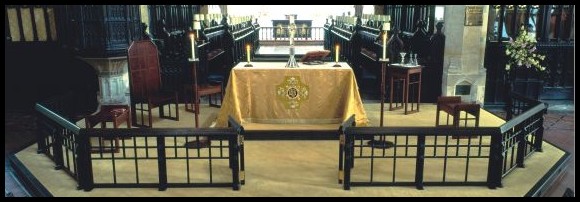
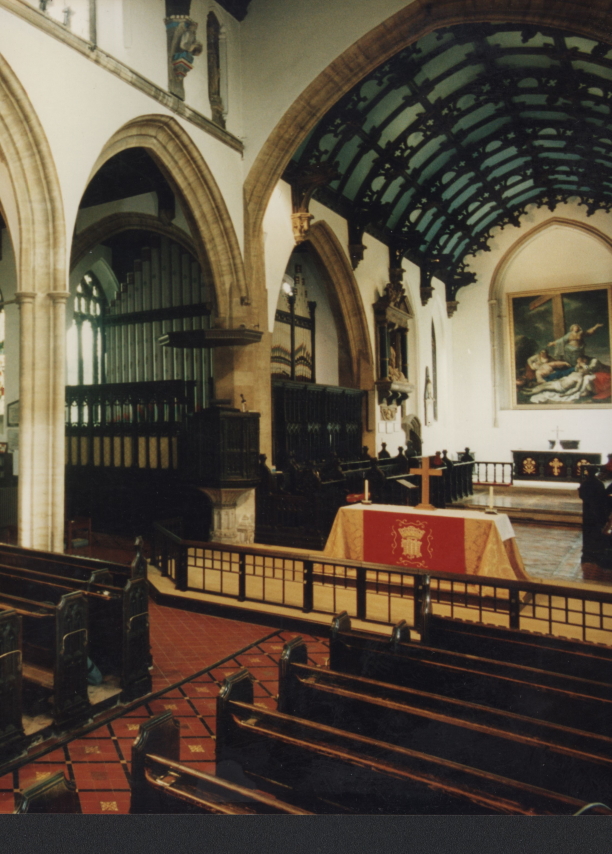
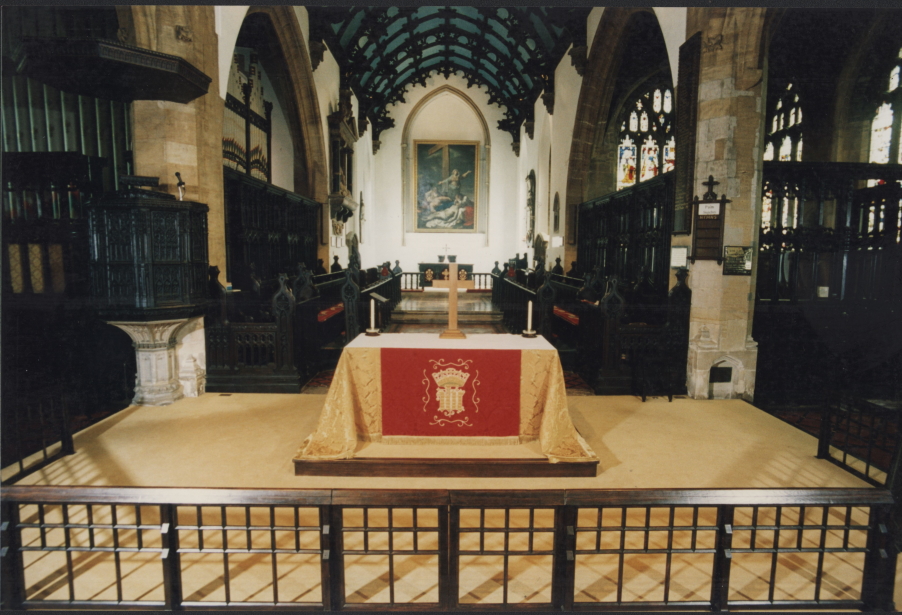
St Mary’s choir changed, after some 140 years or so, from being a men and boys choir to becoming an inclusive choir of men and women, boys and girls. The photograph shows it being rehearsed for a Christmas service by Mr John Bodiley, Organist and Director of music, sometime after 1996, when the nave altar was installed. The church was profusely decorated, and some of the church candle stands can be seen. Others could be fixed to the partitions of the pews in the body of the church, so candle-lit services could be held.
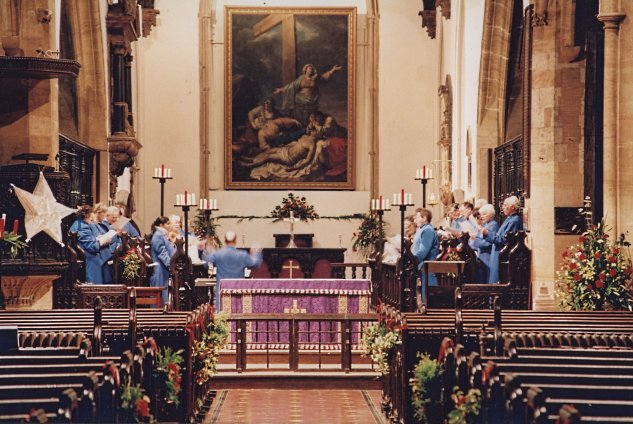
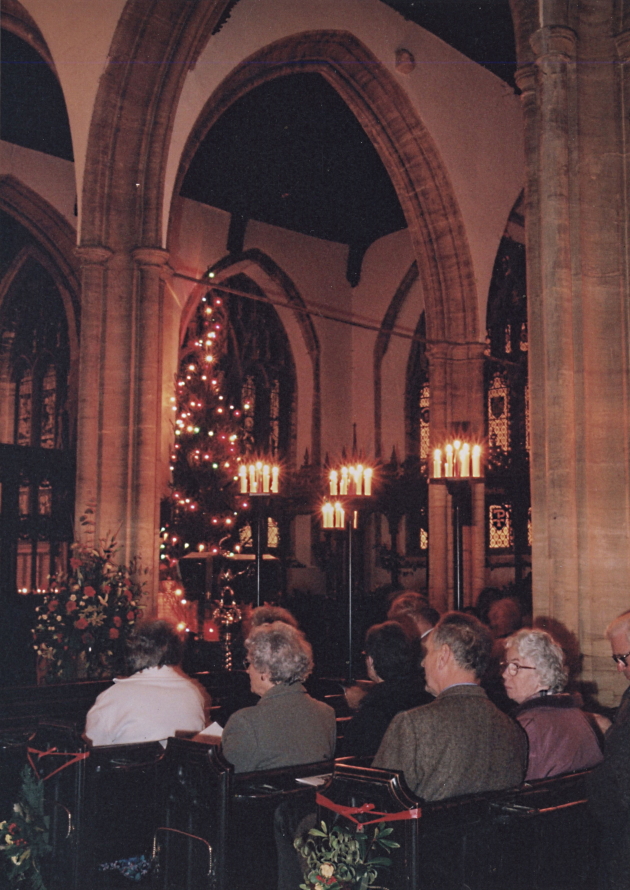
Also in Packer’s time the stonework of the steeple was repaired. The fundraising appeal for this even produced a cook book.
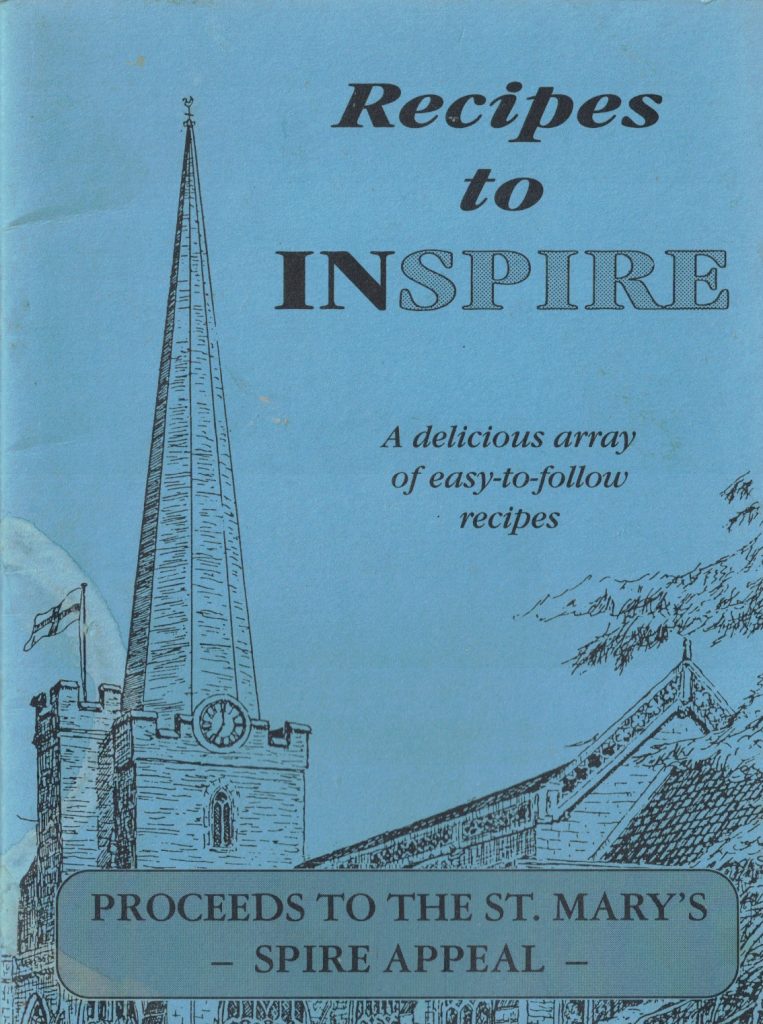



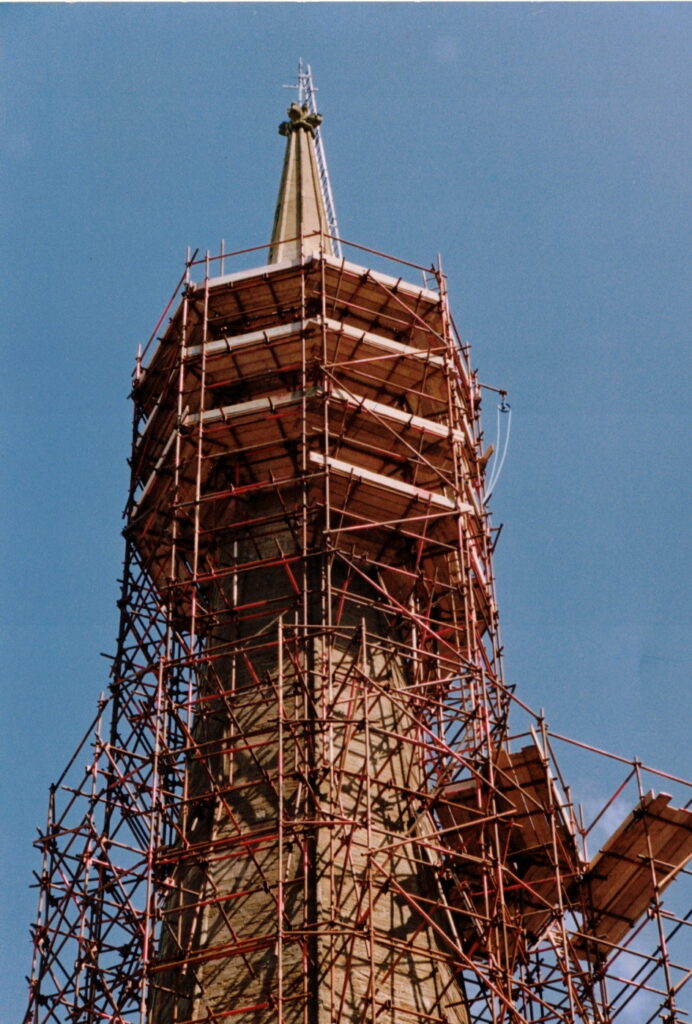
A scheme was proposed in 1999 for construction a new West Gallery, beneath which were offices, better toilets and store rooms. This was abandoned.
The Church Hall in King Square was sold in 2003, and the money raised ring-fenced for the re-ordering. It was held that hall activities could be done in the church.
The stonework of the exterior of the church was extensively repaired in 2006 under the supervision of Rev Charles Chadwick (2001-2014), while the office was moved from tower to vestry and a toilet installed in the tower.
In 2007 and 2008, schemes were prepared for Vestry alterations. The first involved a modern extension on the grass by the vestry. The second complete demolition and rebuilding as a modern timber framed structure. Both were abandoned after severe strictures by English Heritage and the Victorian Society.
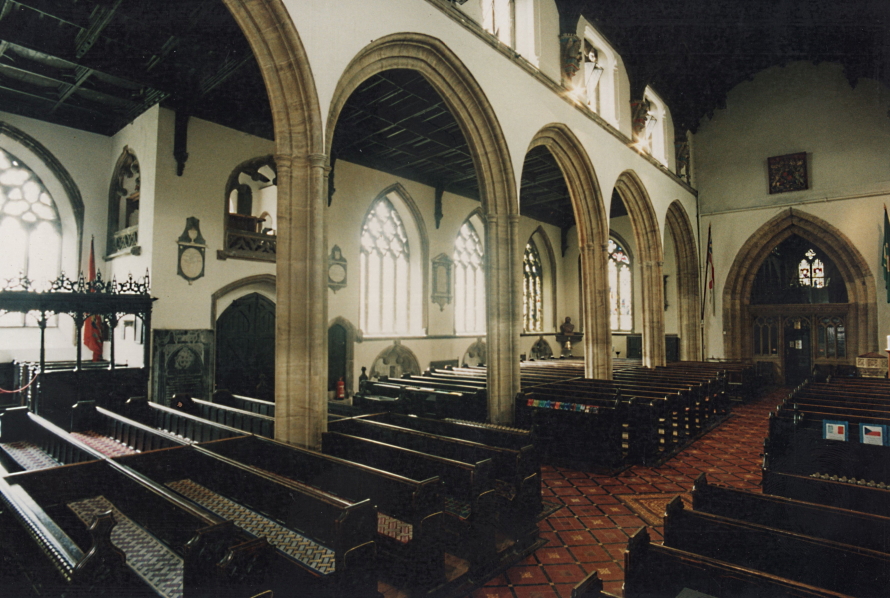
The pews looking west, which feature the embroidered pew runners. The entire church had tapestry runners like these made by members of the congregation in the 1960’s and 1970’s. Most of the runners had simple geometric designs, but several had religious themes; others the badges of various organisations like the Royal British legion, the Scouts and the Sea Cadets; others commemorated deceased church members.
